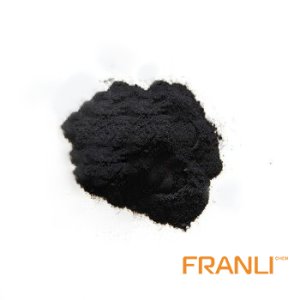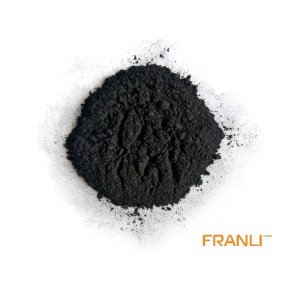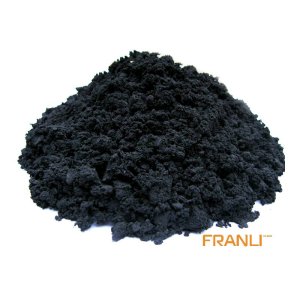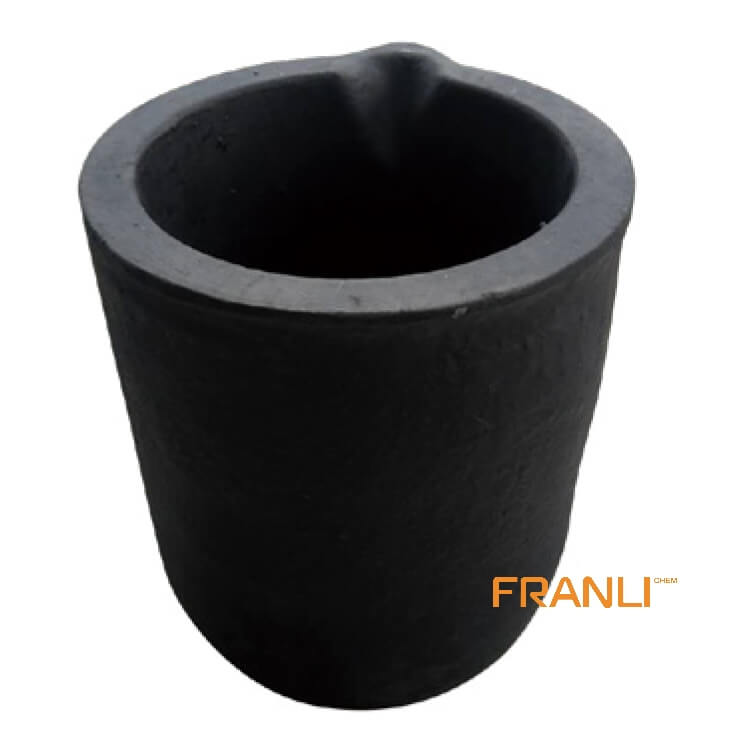
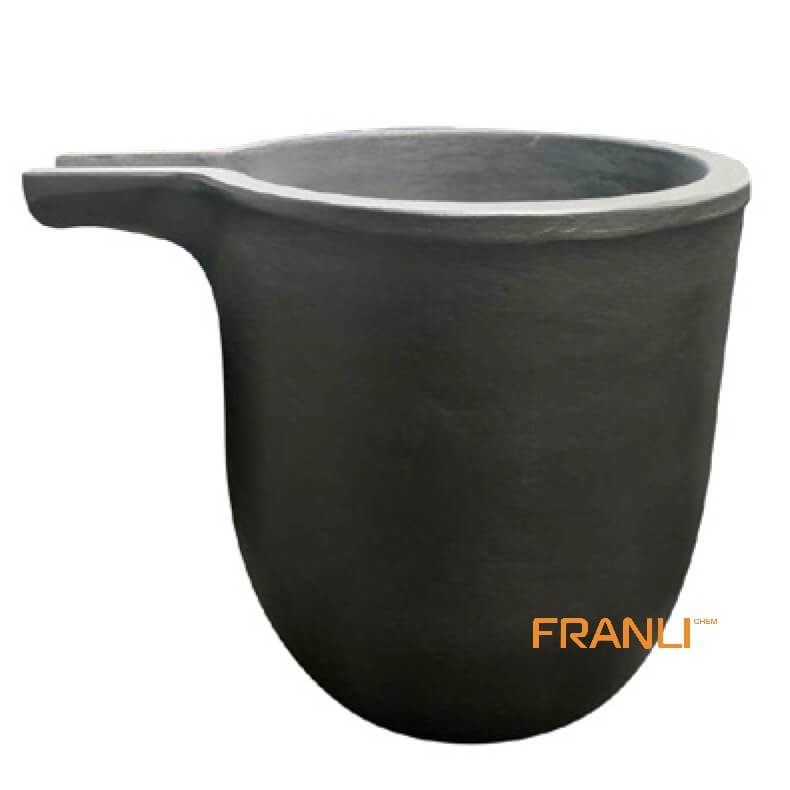
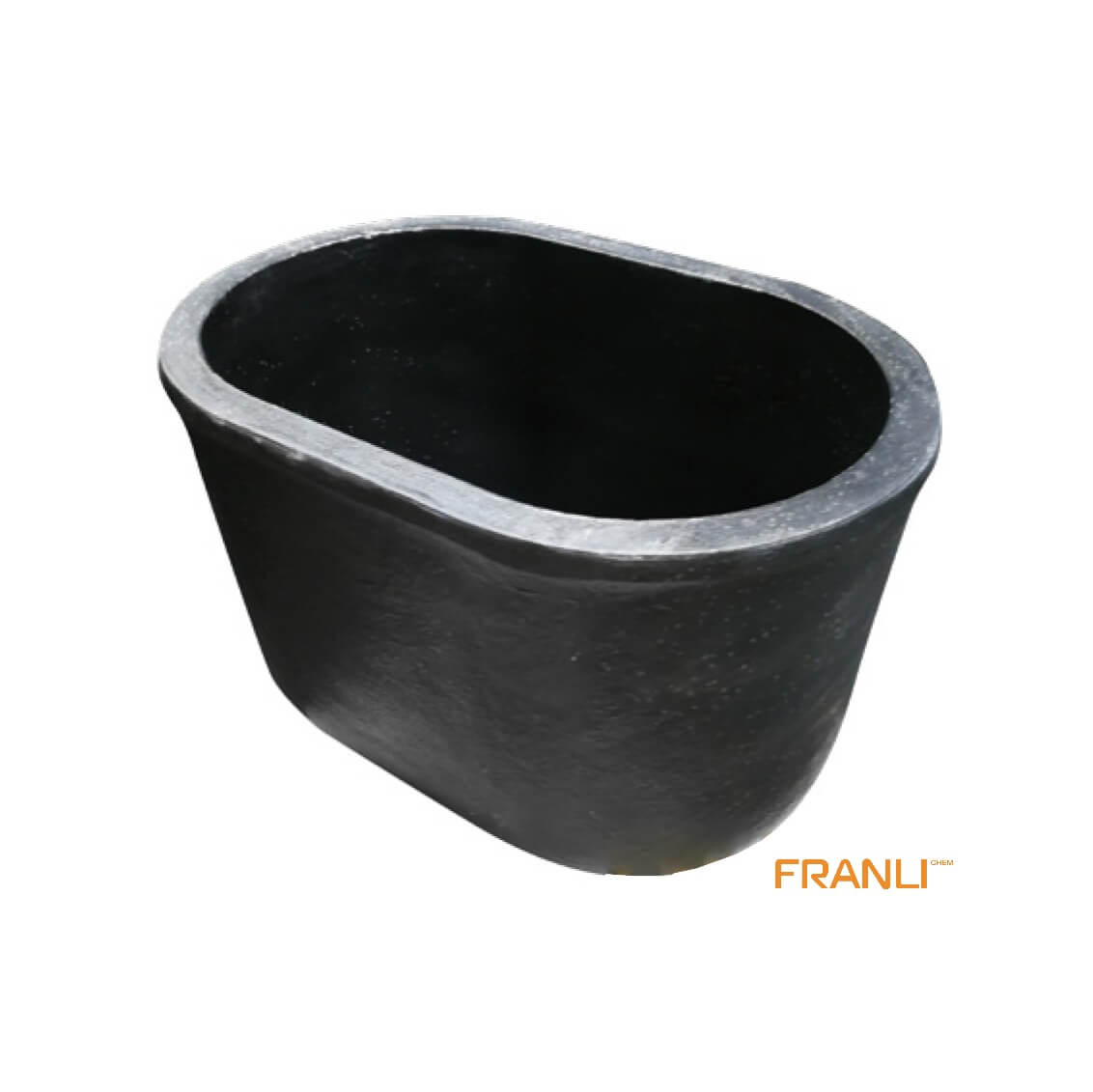
Graphite Crucible
Size
Different size is available, can be customized
Carbon Content
SiC graphite crucible, Spouted crucible, Inductor crucible, Elliptical crucible(U-shaped Crucible)
Material
Graphite and Silicon carbide
Working temperature
400-1600℃
Melting Metal
Aluminum, Copper, Brass, Bronze, Silver, Tin, Zinc, etc
Features
High density, high strength, dense uniform and defect-free.
Package
Wooden box
Graphite crucible is made of natural flake graphite as the main raw material and plastic refractory clay or carbon as binder. It has the characteristics of high temperature resistance, strong thermal conductivity, good corrosion resistance and long service life. It has strong corrosion resistance on acidic and alkaline solutions, has excellent chemical stability, and does not participate in any chemical reactions during the smelting process. The inner wall of the graphite crucible is smooth, and the melted metal liquid is not easy to leak and adhere to the inner wall of the crucible, so that the metal liquid has good fluidity and is suitable for various mold casting.
Request a quoteInduction crucibles are an essential component of induction furnaces, which are widely used in the metallurgical industry for melting and casting metals. A high-quality graphite crucible is crucial for the efficient and reliable operation of an induction furnace. In this article, we will discuss the importance of using a high-quality graphite crucible for induction furnaces.

Graphite exude amazing functions in graphite crucible
Graphite is a popular material for making crucibles due to its excellent thermal conductivity, high melting point, and chemical stability. A high-quality graphite crucible can withstand high temperatures and thermal shocks, resist chemical corrosion, and provide consistent performance over a long period. On the other hand, a low-quality crucible can crack, leak, or contaminate the molten metal, leading to production losses, safety hazards, and quality issues.
One of the critical factors that determine the quality of an induction crucible is its purity. The graphite used for making crucibles should have a high degree of purity, typically above 99.9%. Impurities such as ash, sulfur, and metals can affect the crucible’s properties and cause defects in the castings. Therefore, it is essential to source graphite from reputable suppliers who can provide certificates of analysis and quality assurance.
Another factor that affects the quality of an induction crucible is its design and manufacturing process. A well-designed crucible should have a uniform wall thickness, smooth surface finish, and proper dimensions to fit the furnace’s coil. The manufacturing process should involve high-precision machining, polishing, and inspection to ensure the crucible’s integrity and performance. A high-quality crucible should also have a tight-fitting lid to prevent oxidation and contamination of the molten metal.
In addition to the material and design, the maintenance and handling of the induction crucible also play a crucial role in its performance and longevity. The crucible should be handled with care to avoid mechanical damage or thermal shock. It should be preheated gradually to avoid thermal stress and prevent cracking. The crucible should also be cleaned regularly to remove any slag or impurities that may accumulate on the surface.
In conclusion, a high-quality graphite crucible is essential for the efficient and reliable operation of an induction furnace. The crucible’s purity, design, manufacturing process, and maintenance are critical factors that determine its performance and longevity. Investing in a high-quality crucible can help improve the productivity, safety, and quality of the casting process. Therefore, it is recommended to choose a reputable supplier and follow the best practices for handling and maintaining the induction crucible.

